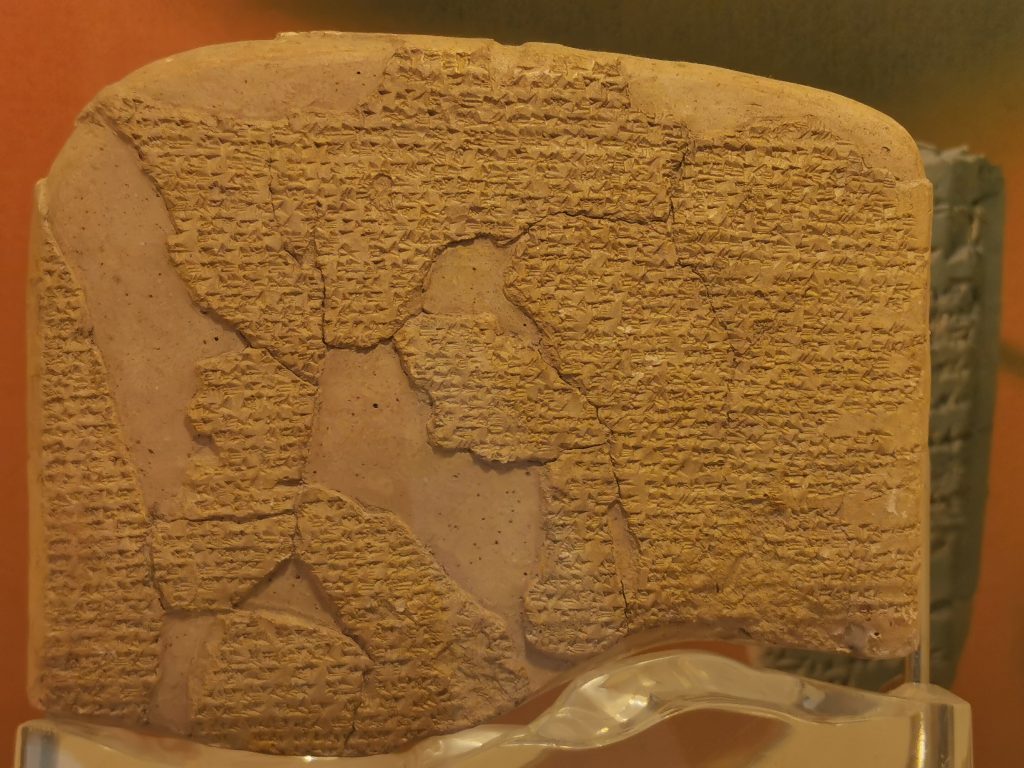Kadesh Treaty ( the earliest known parity peace-treaty)

The treaty of Kadesh is the earliest known parity peace-treaty that had been concluded between the Hittite king Hattusilis III and the Egyptian pharaoh Ramses II, and was written in Akkadian, the international language of the day, in 1269 B.C.
Three main versions of the treaty written in Akkadian language are known to exist. Of the treaty-documents of Kadesh discovered at the (capital city) Boğazköy Büyükkale in 1906 by Hügo Winckler and Teodor Makridy as a result of a joint expedition of Turkey and Germany, one of them (VAT 6207) presently is in Berlin (Staatliche Museen zu Berlin) and two of them are in the İstanbul Archaeological Museums.
The Egyptian version was carved upon the walls of the temple of Amon at Karnak and the Ramesseum, edited to give greater prominence to the role of Egypt in granting peace. The Hittite version was much closer to the text formally agreed upon.
The reign of Ramses II began in hostility against the Hittite Empire. However, by this, both powers were ready to conclude a treaty, so that they might turn their attention to other problems, such as the encroachments of the “Sea Peoples” and therefore the offensive and the defensive alliance was set forth.
Some parts of he teaty follows as:
“Teaty of Rea-Mashesha-Mai Amana the great king, the king of the land of Egypt, the valiant, with Hattusilis, the great king of the Hatti land for establishing good peace and good brotherhood wothy of great kingship forever. These are the words of Rea-Mashesha-Mai Amana: Now I have established good brotherhood (and) good peace between us forever. In order to establish good peace (and) good brotherhood in the relationship of the land of Egypt with the Hatti land forever.
(I speak) thus: Behold, as fort he relatinoship between the land of Egypt and the Hatti land, since eternity the god does not permit the making of hostility between them because of a treaty (valid) forever.”
“If an enemy from abroad comes against the land of Egypt and Rea-Mashesha-Mai Amana, the king of the land of Egypt, your brother sends to Hattusilis, the great king of the Hatti land, his brother saying: “come here to help me against him” to Hattusilis, the king of the Hatti land shall send his footsoldiers (and) his charioteers and, shall slay my enemies”
Wall text, the Hittite version of the Kadesh Treaty, the Istabul Archaeology Museums
